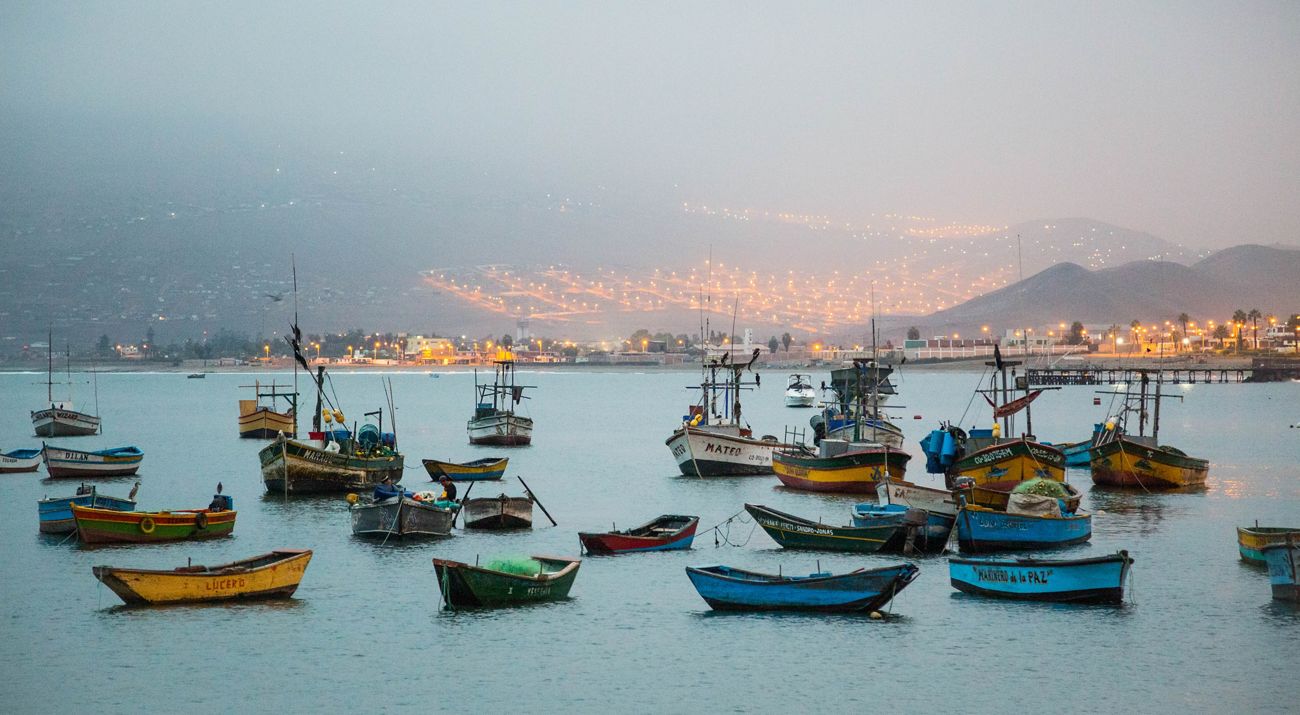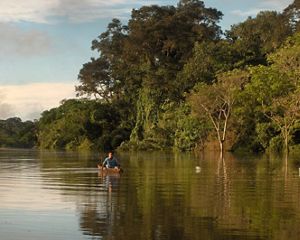Sustainable Fishing in Peru
The Nature Conservancy is demonstrating how science and cooperation lead to sound policy reforms and measures for fisheries management
We Can't Save Nature Without You
Protect PeruThe Nature Conservancy is demonstrating how science and cooperation lead to sound policy reforms and measures for fisheries management in one of the world's most productive and changing marine ecosystems.
Peru is one of the leading fishing nations in the world, historically second only to China when it comes to tons of wild fish caught. The Humboldt Current is the world's largest upwelling system; it flows northward along the west coast of South America from the southern tip of Chile to northern Peru. Its nutrient-rich environment supports the world's largest fishery: anchoveta, a species of fish from the anchovy family. One cannot overemphasize the importance of the anchoveta for the ecosystem and the economies of the region.
While progress has been made toward comprehensive fisheries reforms in Peru, they have focused almost exclusively on the anchoveta industrial sector, leaving the artisanal anchoveta segment and most artisanal fisheries poorly managed. To help correct this imbalance, The Nature Conservancy (TNC) is currently investing in two key efforts in the country. One focuses on reforming the artisanal anchoveta fishing sector while improving the performance of the industrial fleet to generate a true comprehensive fisheries reform.
The second aims at reforming the management of other small-scale artisanal fisheries (other than the anchoveta’s).
Our vision is that anchoveta stocks and small-scale fisheries be managed sustainably and sustain healthy fisheries that are the livelihood of thousands of families that depend on them and the enormous diversity of species and habitats that make the Humboldt Current one of the most productive marine systems in the world.
Sustainable Industrial Fisheries
The largest monospecific fishery in the world: TNC will involve the Peruvian government, the private sector, academia, and the NGO community in a process to inform the official review of the individual quota system for the anchoveta fishery scheduled for 2018. This will ensure that the management of the Peruvian anchoveta fishery meets sustainability standards and is ready for certification.
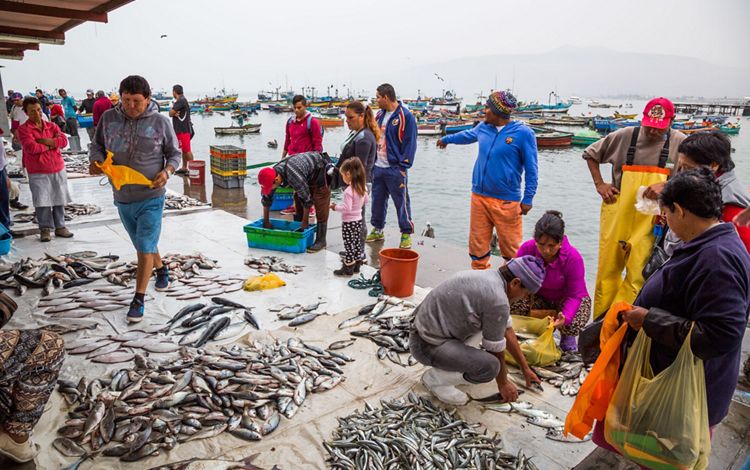
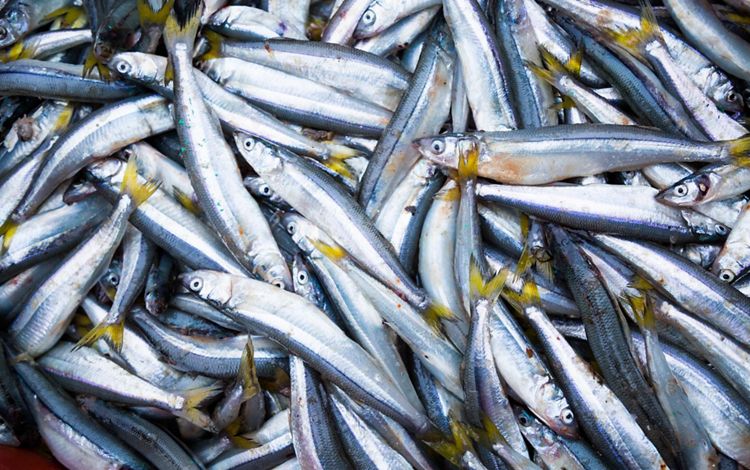
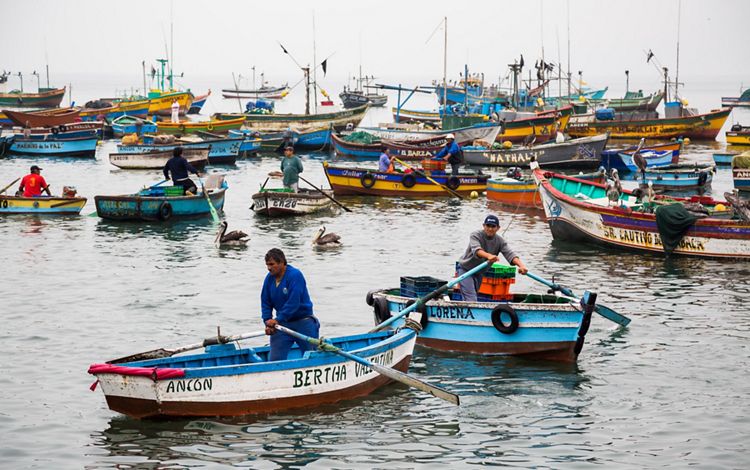
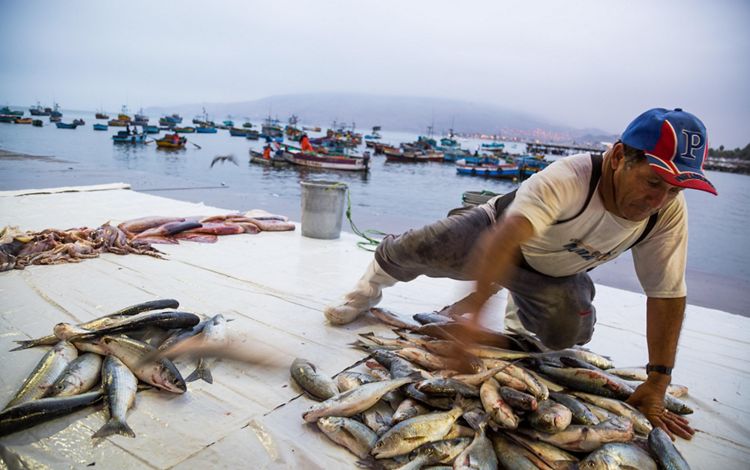
Quote
Our vision is that anchoveta stocks and small-scale fisheries be managed sustainably and sustain healthy fisheries that are the livelihoods of thousands of families.
Sustainable Artisanal Fisheries
Reduce inefficiencies in the artisanal fisheries sector to ensure fish supply and livelihoods: Reform the Peruvian artisanal sector to enable a successful transition from a small-scale, unassessed and open-access fisheries system to a management system based on rights, through the establishment of access rights for the management of fishing zones, anchored in local governance systems; increase the capacity of fishermen, research organizations and fisheries authorities to assess fish stocks and establish control rules; and use of markets to catalyze fisheries reforms to ensure a sustainable supply of fish and shellfish.
In the waters near the Peruvian coast lies one of the largest fisheries in the world. The need to protect the ecosystem and effectively manage its resources is important to its health and to the communities that depend on it. Watch this video to find out more about our work.
You can also check out this article published by the University of Montana on the collective management of markets to overcome the inefficiencies of the sector.
FishPath
A key component of TNC's strategic approach to fisheries reform is the development of tools that demonstrate how unassessed and unregulated fisheries can be successfully managed and become sustainable. There is a clear need to find easier and cheaper ways to assess and manage fisheries with limited data. Fishing experts from around the world have developed numerous methods and techniques that attempt to do this, but it has been difficult to take these techniques to fishers and choose a method from the hundreds that exist.
TNC and the Science for Nature and People Partnership (SNaPP) have responded, bringing together a group of renowned fisheries scientists and conservation professionals from all over the world to develop a tool to guide the selection of assessment and management options available for a given fishery. The tool, called FishPath, is a decision-making software application that provides a step-by-step guide to monitoring, evaluation and management methods of fisheries with limited data.
It is a unique tool that is simple and easy to use and is designed to fit a particular fishery, taking into account the characteristics of the local marine environment and the relevant social, political and economic data.
Learn more about FishPath
